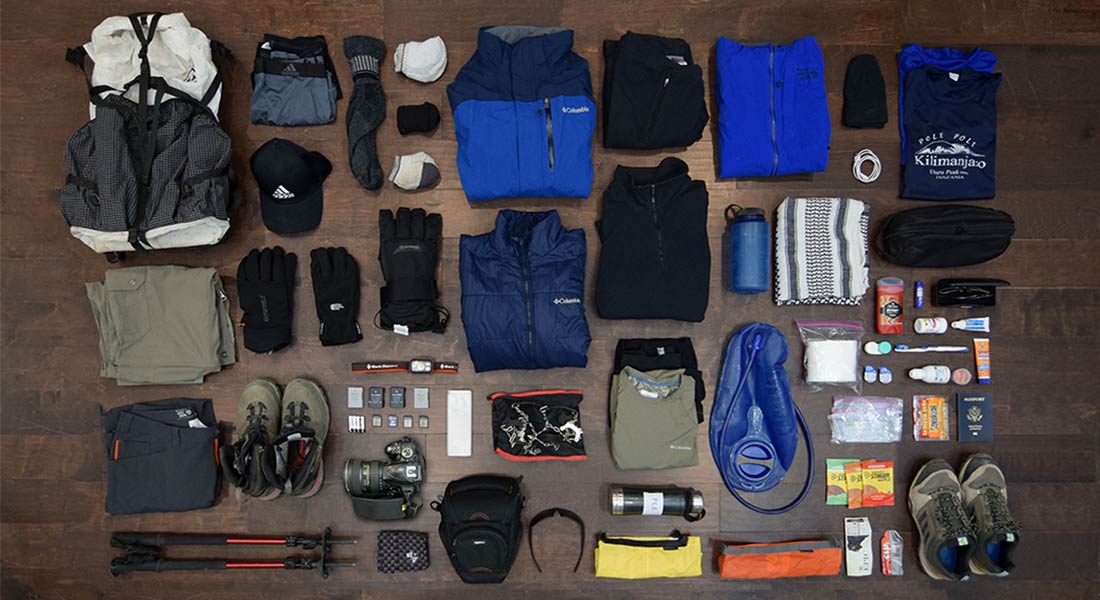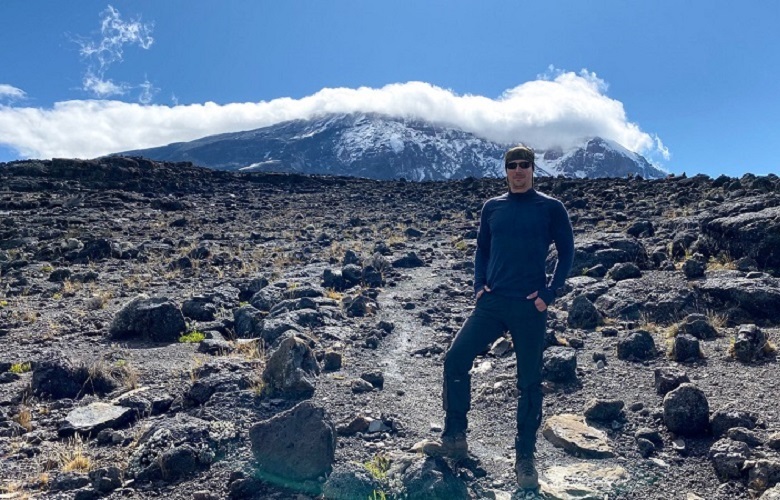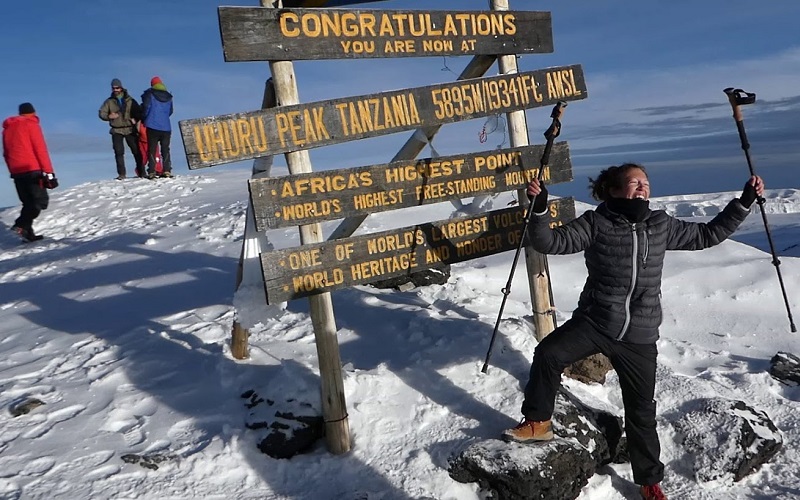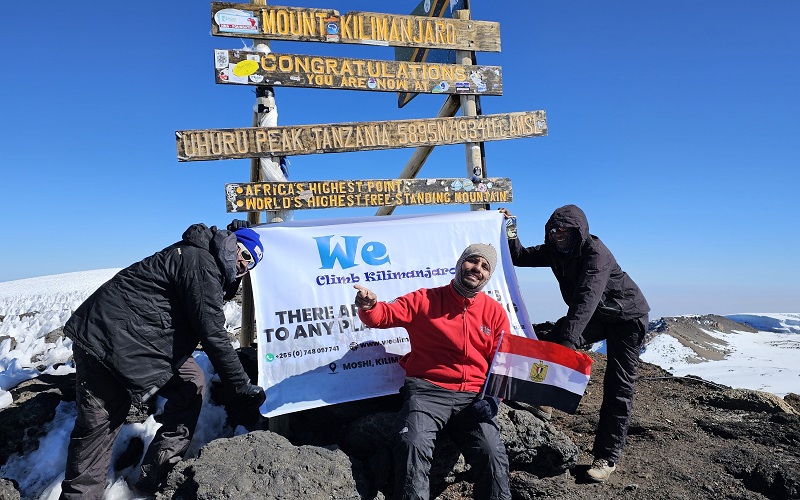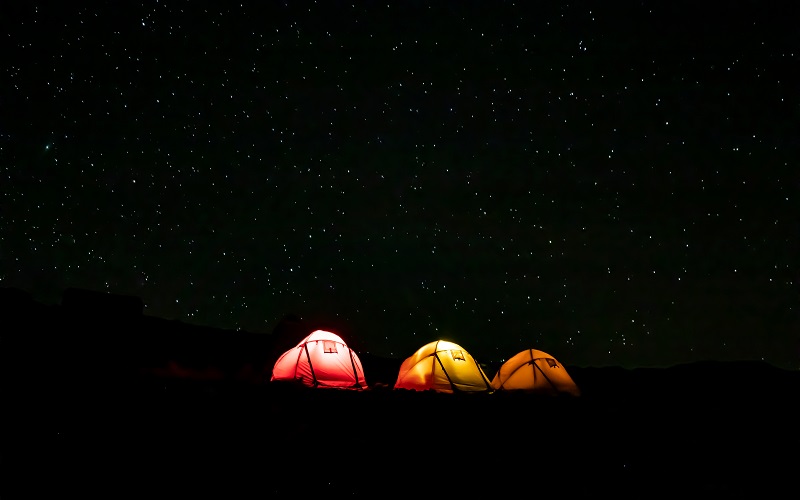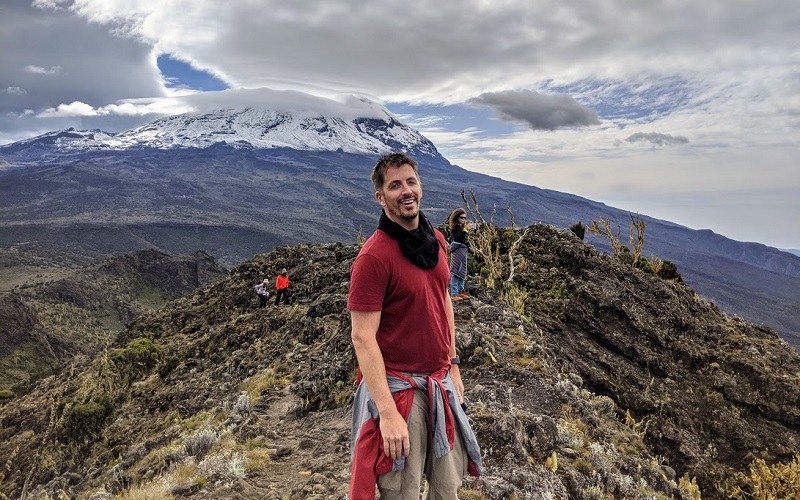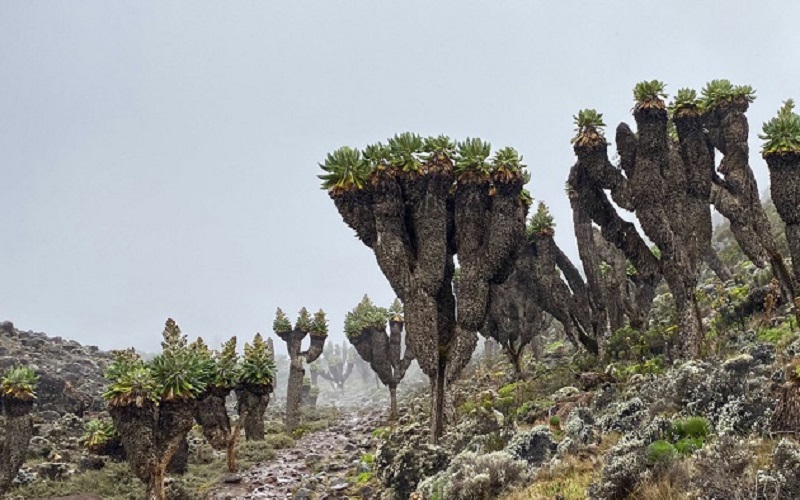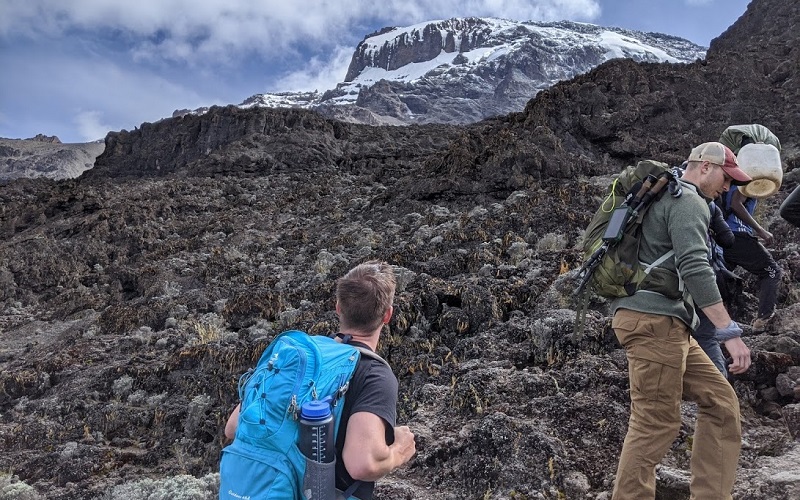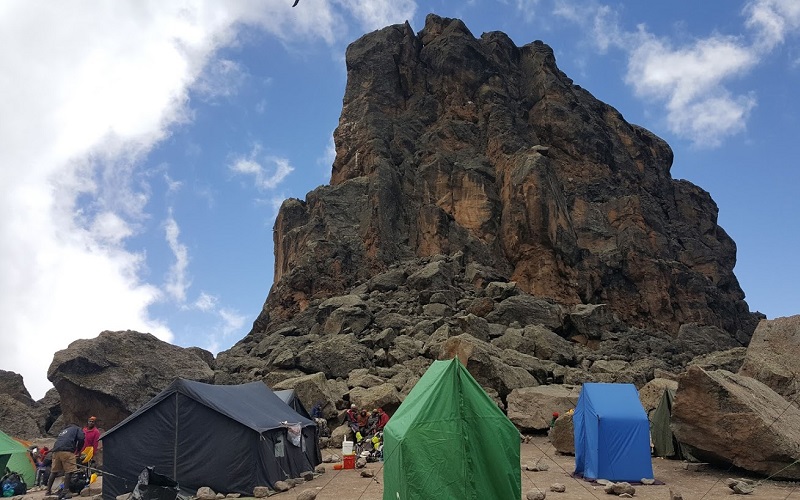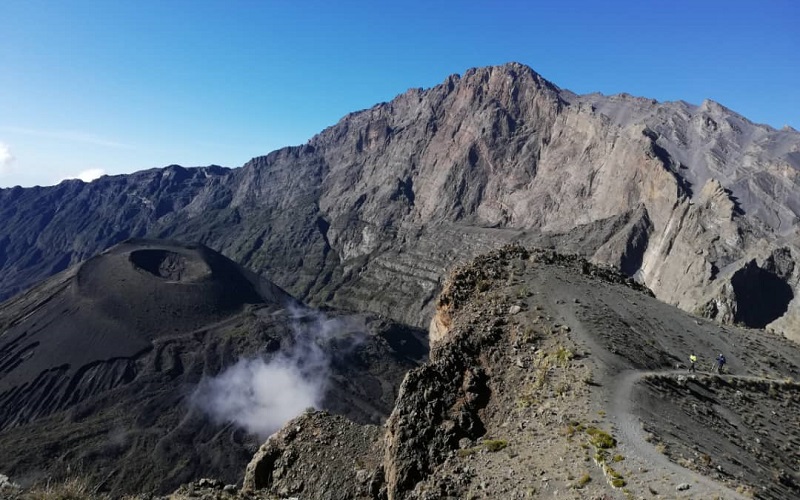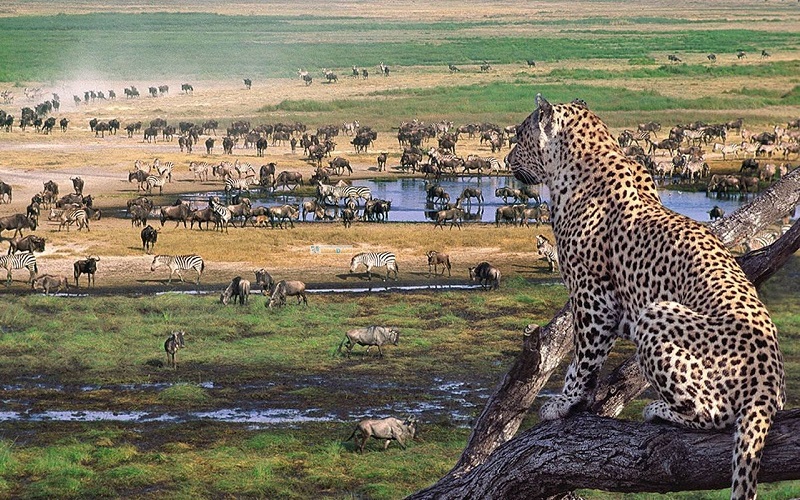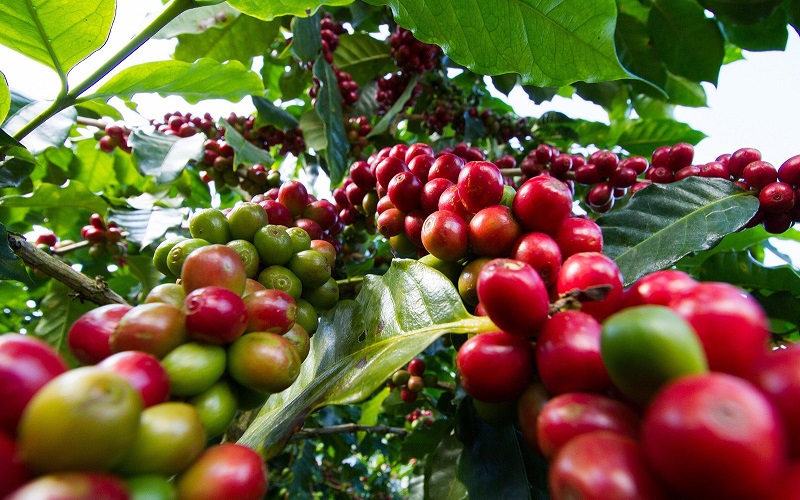KILIMANJARO CLIMBING DURING RAIN SEASON
Kilimanjaro Rain Season
The long rainy season begins in mid-March and lasts through early June.
The short rainy season is from November to early December. The long rainy season dumps a lot more water on average than the
short rainy season. So between the two, it is better to come in November/December than March/June.
WHY CLIMBING KILIMANJARO ON RAIN SEASON
1. Embracing the Rain: A Unique ExperienceThe rainy season, typically occurring from March to May and November to December, brings forth its own charm when ascending Mt Kilimanjaro. While it may seem counterintuitive to opt for a climb during this period, it presents an opportunity to witness the mountain in a different light. The rainfall transforms the landscape into a lush, vibrant paradise, painting the surroundings with vivid hues of green. The misty ambiance adds an ethereal touch to the journey, creating an atmosphere of tranquility and serenity.
2. Fewer Crowds, More Intimacy
One of the distinct advantages of climbing Mt Kilimanjaro during the rainy season is the relatively fewer crowds compared to the peak seasons. This means you can revel in the tranquility of the mountain, forging a deeper connection with nature and immersing yourself fully in the experience. The trails are less congested, allowing you to enjoy the breathtaking vistas and immerse yourself in the captivating beauty of the surroundings. Furthermore, with fewer climbers on the route, you will have more personalized attention from your guides, ensuring a safer and more enjoyable journey.
3. Weather Conditions: Myth vs. Reality
Many potential climbers are deterred by misconceptions surrounding the weather during the rainy season. It’s important to dispel these myths and understand the reality of the conditions. While rainfall is more frequent, it doesn’t mean that every day is a downpour. Typically, the rain showers are intermittent, and clear skies often emerge to reveal the magnificent landscape. With the right gear and preparation, you can navigate the trails comfortably and stay dry throughout your ascent.
4. An Abundance of Flora and Fauna
During the rainy season, Mt Kilimanjaro becomes a haven for a diverse array of flora and fauna. The ample rainfall nurtures a lush ecosystem, teeming with life. As you trek through the mountain’s various climatic zones, you’ll encounter unique plant species, such as the endemic Kilimanjaro tree, and marvel at the resilience of nature. Bird enthusiasts will be delighted by the opportunity to spot vibrant avian species, adding a touch of color to the journey. Witnessing this thriving ecosystem up close is an enriching experience that few get to encounter.
5. A Test of Endurance and Resilience
Climbing Mt Kilimanjaro during the rainy season presents an additional challenge, demanding a higher level of physical and mental endurance. The wet and slippery terrain requires careful navigation and surefootedness. Overcoming these obstacles builds resilience and determination, allowing climbers to emerge with a profound sense of accomplishment. The rainy season climb serves as a testament to one’s ability to adapt and conquer challenges, leaving a lasting impact on personal growth and self-discovery.

